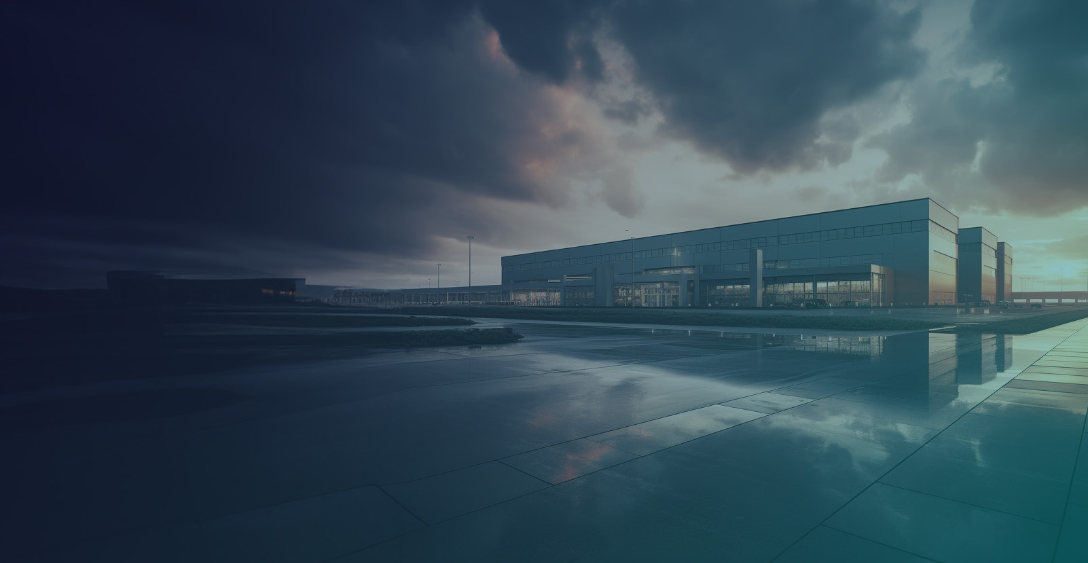- Home
- Cases

Case study Omnichannel retailer
For a large omnichannel retailer within The Netherlands the Commerce & Logistics team provided several interim roles such as a Program Manager (multiple projects), ...
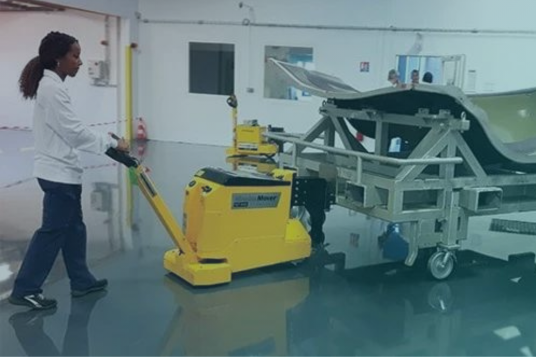
Case study MasterMover
Formed in 1997, MasterMover set out to provide a retail industry solution for moving multiple cages around supermarkets. It developed a unit that removed the effort and...
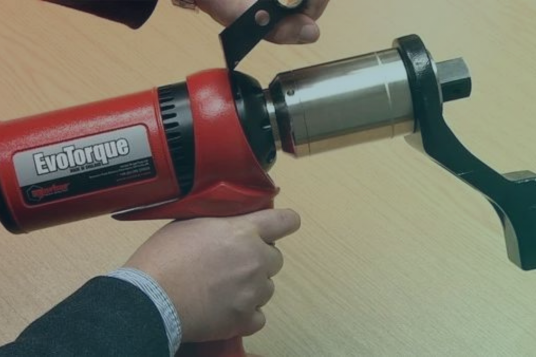
Case study Norbar
Norbar was the first company in Britain to commercially manufacture a torque wrench, and early demand was driven by the need to accurately tighten the gasketless cylind...
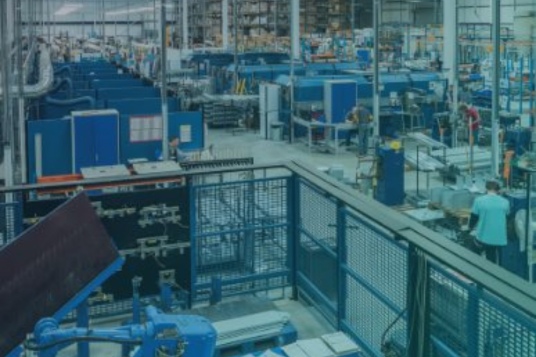
Case study Designplan Lighting
For half a century, Designplan Lighting has been making weather- and vandal-resistant luminaires that have tough bodies, tightly sealed diffusers and tamperproof screws...
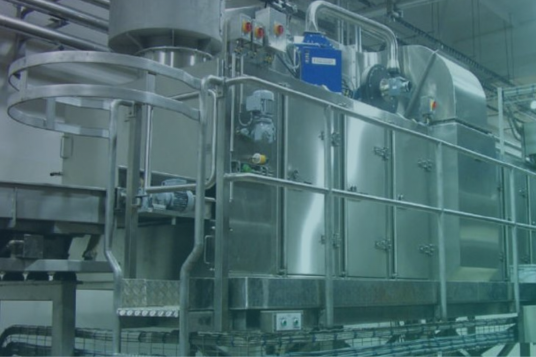
Case study Planet Dryers
The removal of humidity is a key stage in the production of foods such as breakfast cereals and savory snacks. Without an effective drying process, there would be no sa...
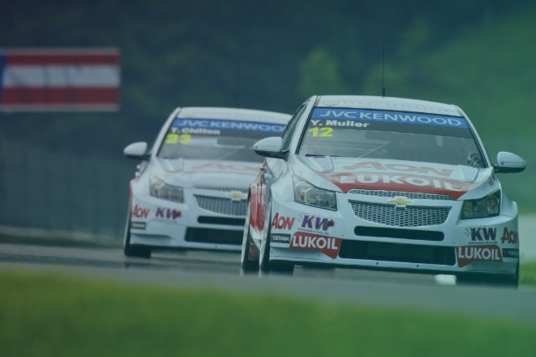
Case study RML Group
RML use their decades of experience and competitive prowess for powertrain and chassis development as well as concept vehicles and high-performance road and touring car...
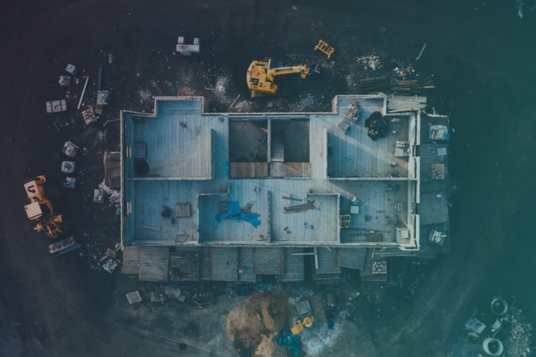
Case study ERP implementation
One of the well-known construction companies in the Netherlands was in search of a new ERP system that would meet the company's needs. The current system was outdated a...
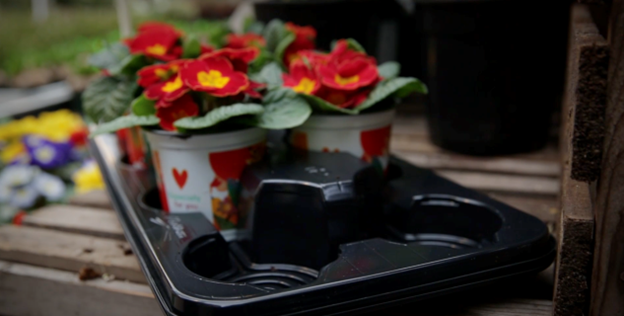
Case study Modiform
Modiform, a family-owned business based in Leusden, specializes in developing and manufacturing products for the horticulture industry, including plant pots, transport ...

Case study Freeform Technology
Fractions of a second, microns of tolerance; in the exacting world of Formula 1® racing, triumph and failure are not far apart. With a background in that demanding envi...
